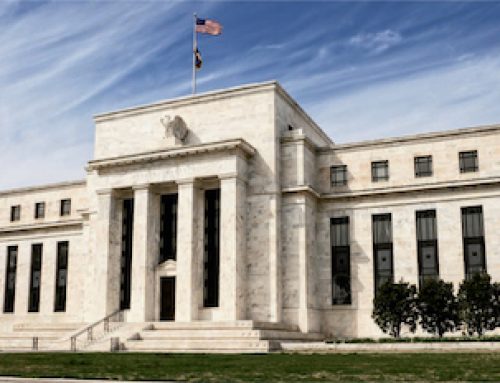At the end of 2023, the Bureau of the Fiscal Service reached a significant milestone—11 million electronic payment enrollments received through the Go Direct® program. Go Direct®, a collaboration between the U.S. Department of the Treasury and the Federal Reserve, enables federal benefit recipients to receive electronic payments, also known as Electronic Funds Transfer (EFT) for federal benefits such as Social Security, Supplemental Security Income (SSI), VA Compensation and Pension, among other federal benefits.
Go Direct® was initiated to transition the federal benefits payment system from a reliance on paper checks to electronic payments. Established in response to the 1996 Debt Collection Improvement Act (DCIA), which required the use of electronic payment methods, Go Direct® has played a pivotal role in modernizing benefit payments. At the time of its inception, only 50% of beneficiaries received direct deposits, and there was no infrastructure to facilitate electronic payments for unbanked recipients.
“This milestone [of 11 million enrollments] represents one more step towards our vision for delivering an improved, inclusive payment experience for all Americans. Today, thanks to efforts like Go Direct®, nearly 99 percent of the over 1 billion Treasury-disbursed benefit payments are delivered electronically, ensuring Americans receive their federal payment on time without having to wait on the mail or pay fees to cash a paper check.”
— Tim Gribben, Bureau of the Fiscal Service Commissioner.
Bringing Go Direct® to the Unbanked
According to the FDIC, around 6 percent of American adults do not have bank accounts, and a further 13 percent are classified as “underbanked” with limited access to banking services. This number is much higher for that segment of the population that receive federal benefits, creating a significant challenge for the Treasury and the Go Direct® program. This challenge was solved in 2008 by the introduction of Direct Express® as a means by which unbanked beneficiaries could receive (and make) electronic payments. Direct Express® does this via a low- to no-cost prepaid debit card account that doesn’t require a credit check or minimum balance to enroll, and doesn’t have any sign-up fees, monthly fees, or overdraft charges.
As of 2024, Direct Express® has replaced costly paper checks for 3.6 million active cardholders, while also helping them join the financial mainstream, with all the convenience, safety and utility provided by a network-branded debit card that can be used to make purchases at stores, online, and over the telephone, as well as to access cash at ATMs, bank teller locations, and through at point-of-sale in many stores.
This increased financial capability became particularly important during the COVID-19 pandemic. Direct Express® enabled quick, seamless distribution of stimulus payments without the need for beneficiaries to cash checks in a lockdown environment. A similar process was later used for the Advance Child Tax Credit Payments.
Direct Express® has had a significant effect on the success of the Go Direct® program, allowing the Fiscal Service to discontinue paper checks as an option for new beneficiaries in 2011 and phase out paper checks for existing beneficiaries by 2014. Around 99 percent of federal benefits are now paid electronically.
“Today, thanks to efforts like Go Direct®, nearly 99 percent of the over 1 billion Treasury-disbursed benefit payments are delivered electronically, ensuring Americans receive their federal payment on time without having to wait on the mail or pay fees to cash a paper check.”
— Tim Gribben, Bureau of the Fiscal Service Commissioner.
Why is Go Direct® Important?
In fiscal year 2023, the Federal Disbursement Services issued more than 1.26 billion payments,, totaling more than $5.39 trillion dollars. In the past, the paper processes associated with these transactions could be slow, unsecure, and expensive. Recent statistics show paper checks are 11 times more likely to be returned, 20 times more likely to be reported stolen or subject to fraud and can include check-cashing fees exceeding a minimum of $4 per check. On top of this, for every paper check that is converted to an electronic payment it is estimated that the American taxpayer saves about $1. This translates to millions of dollars in cost savings since the program began. Go Direct® and Direct Express® have enabled this modern, seamless, inclusive and secure means by which federal benefits are distributed.
SOURCE: Fiscal Service








